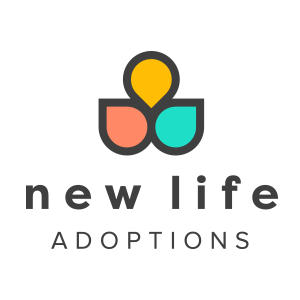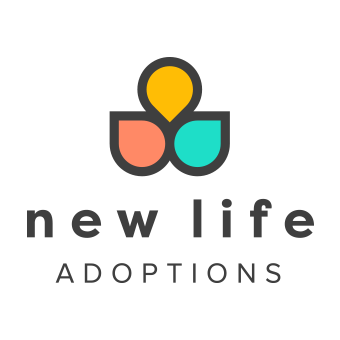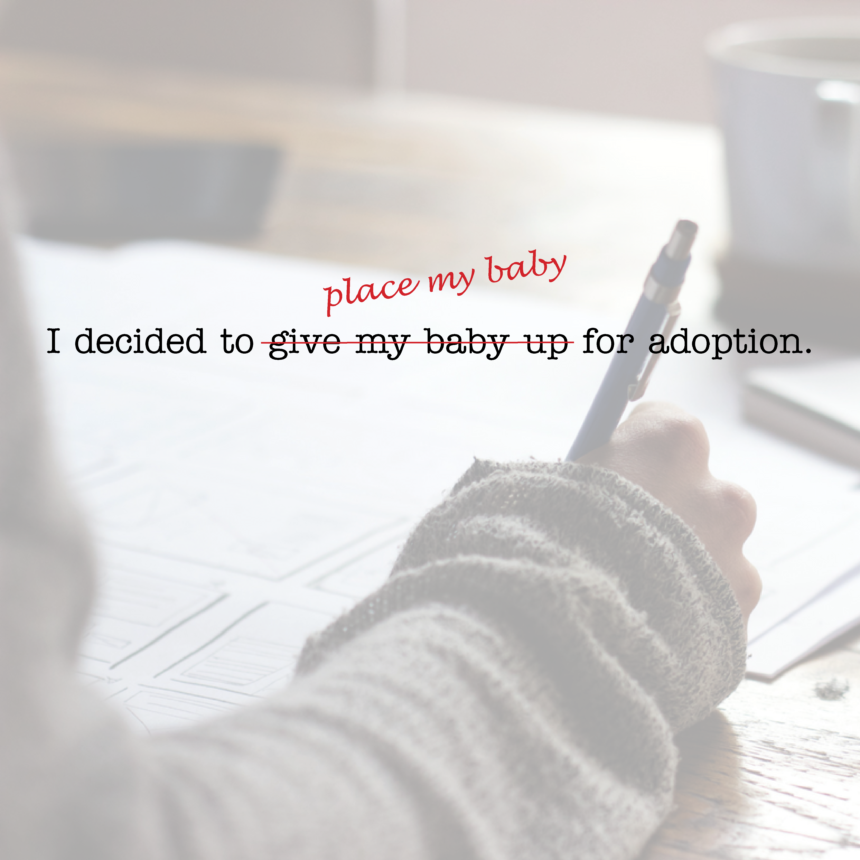How we talk about adoption matters, so it is valuable to know where these phrases come from.
What words or phrases do people use when talking about adoption? Did a mom “put up” her baby, “give up” her child, or “place her child for adoption?” How we talk about adoption matters, so it is valuable to know where these phrases come from.
In its origin, the phrase “put up for adoption” came from the Orphan Train Movement. Between 1854 and 1929 trains were used to relocate approximately 200,000 orphaned or homeless children from the east coast to the rural Midwest. The hope was that the homeless children could be placed with families that needed more help with manual labor, and in turn have a place to stay. When the train stopped in a town or city, the children would be “put up” on stages or tall platforms to be inspected by prospective adoptive parents for their choosing. This practice placed the worth of each child on their physical health and ability. If a child was not chosen in that town they would be put back on the train and taken to the next town to be “put up” on another stage to be inspected again. Even though this practice of “putting up” is not used today, this phrase is still present in how our culture talks about adoption. Adoption has changed dramatically since the time of Orphan Trains, so why is our language still stuck in the past?
This practice placed the worth of each child on their physical health and ability.
Another misnomer that people commonly use is to “give up” a child. This use of language implies that the birth parents are surrendering their rights and giving their child away. Although it is true that birth parents are surrendering their rights in adoption, it has negative implications to say that they are “giving up” their child. It implies that adoption is not a well-thought-out plan or that it is not a choice. Sadly, for some it is not a choice, like in cases where birth parents cannot continue to parent due to neglect or abuse (as in Child Protection Services cases.) Yet, this phrase, “give up,” objectifies the child as something to just be given away rather than lovingly placed in another family. In our society, we “give up” things such as bad habits or things we don’t want anymore. Certainly, when we view adoption through that lens, it becomes clearer that the words we use make a difference.
Certainly, when we view adoption through that lens, it becomes clearer that the words we use make a difference.
At New Life Adoptions we purposely use the word “place” when speaking of a birth mother’s adoption plan for her child. We work with women and men who are voluntarily choosing adoption. They are not doing it out of coercion but out of a loving and selfless choice. A birth mother is making a plan for her child in his or her best interests because, although she has a great love for her child, she does not feel that she can physically or emotionally parent this child at this time in her life, or she wants her child to have two parents who are in a committed relationship and she is not currently in this situation herself. We want the words we use to honor and respect birth parents for their selfless and loving decision.
A birth mother is making a plan for her child in his or her best interests because, although she has a great love for her child, she does not feel that she can physically or emotionally parent this child at this time in her life, or she wants her child to have two parents who are in a committed relationship and she is not currently in this situation herself.
To read the article referenced for the history mentioned in this post: What Is the History of “Putting a Child Up” for Adoption?
To learn more about why birth parents choose adoption, check out our Birth Parent Stories page.
To hear birth mothers share about the importance of saying “placed” for adoption rather than “gave up” watch this video.




